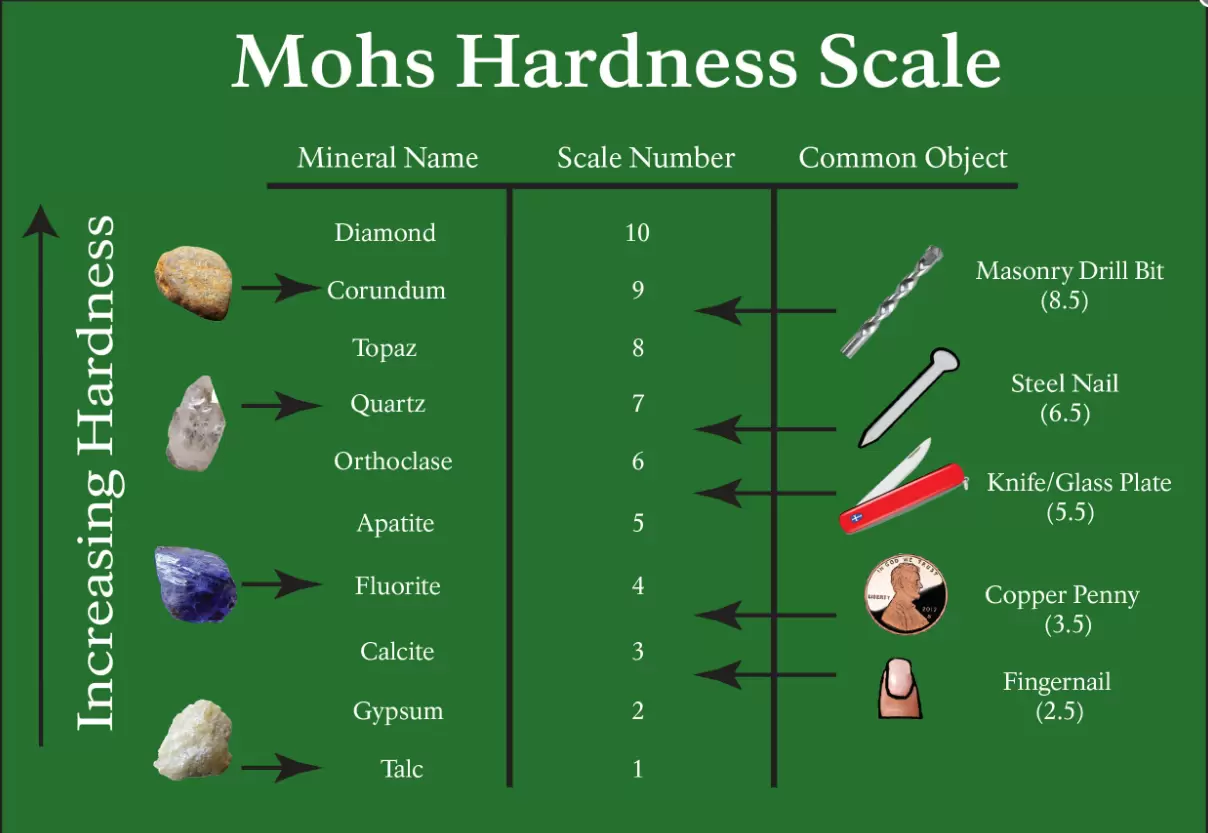Grinding is an essential process in various industries, such as manufacturing, mining, and materials science. The choice of grinding media plays a crucial role in determining the efficiency and quality of the grinding process. One such type of grinding media is zirconia ceramic beads. In this article, we will explore how zirconia ceramic beads affect the hardness of the ground material. By understanding the impact of these beads, we can make informed decisions regarding their usage in grinding applications.

Zirconia ceramic beads are known for their exceptional hardness and wear resistance, making them ideal for grinding applications. When these beads come into contact with the material being ground, they exert mechanical pressure, leading to various effects on the hardness of the ground material.
Zirconia ceramic beads have a high hardness rating, which allows them to effectively abrade the surface of the material during grinding. As the beads rotate or move within the grinding chamber, they continuously come into contact with the material, wearing away its outer layers. This abrasion process removes the softer or damaged portions of the material, exposing the harder underlying layers and increasing its overall hardness.
In addition to abrasion, zirconia ceramic beads can induce fracture and cracking in the ground material. The high impact forces generated by the beads can cause localized stress concentrations, leading to the formation of microcracks within the material. As these cracks propagate, they weaken the material's structure and increase its hardness. This effect is particularly significant for brittle materials, such as ceramics, where the presence of zirconia ceramic beads can promote the development of a more rigid and harder surface.
Certain materials, such as zirconia itself, exhibit phase transformations under specific conditions. Zirconia ceramic beads, when used for grinding zirconia-based materials, can induce phase transformations due to the localized heat generated during the grinding process. These phase transformations can lead to the formation of a harder phase, thereby increasing the hardness of the ground material.
Zirconia ceramic beads exert compressive forces on the material surface during grinding. This surface compression can cause plastic deformation, resulting in the formation of dislocations and grain boundaries. The presence of these structural defects enhances the hardness of the material, as they act as barriers to the propagation of dislocations, making it more resistant to deformation.
During the grinding process, zirconia ceramic beads can introduce foreign particles or contaminants to the ground material. While this may not directly affect the hardness of the material, it can alter its properties and behavior. Contaminants may act as nucleation sites for additional phase transformations or induce changes in the microstructure, potentially impacting the material's hardness and other mechanical properties.
Grinding generates heat due to the friction between the zirconia ceramic beads and the material being ground. The thermal effects associated with grinding can influence the hardness of the ground material. Elevated temperatures can lead to changes in the material's microstructure, phase transformations, or thermal softening, all of which may affect its hardness. Careful control of the grinding parameters, such as the grinding speed and coolant usage, is essential to mitigate these thermal effects and maintain the desired hardness of the ground material.
Answer: Zirconia ceramic beads are versatile and can be used for grinding a wide range of materials, including minerals, pigments, metals, and ceramics. However, the specific characteristics of the material being ground and the desired outcome of the grinding process should be considered when selecting the appropriate grinding media.
Answer: The lifespan of zirconia ceramic beads depends on various factors, such as the intensity of the grinding process, the hardness of the material being ground, and the operating conditions. Generally, zirconia ceramic beads have excellent wear resistance and can withstand prolonged usage without significant deterioration.
Answer: Zirconia ceramic beads are chemically inert and typically do not introduce significant contamination to the ground material. However, it is crucial to ensure proper cleaning and maintenance of the grinding equipment to minimize any potential contamination risks.
Answer: Zirconia ceramic beads can be reused in many cases. After the grinding process, the beads can be separated from the ground material using sieving or other separation techniques. The beads can then undergo cleaning and inspection before being used again in subsequent grinding operations.
Answer: The use of zirconia ceramic beads offers several advantages. These beads have high hardness, wear resistance, and chemical stability, allowing for efficient and precise grinding. They also provide uniform particle size reduction, lower contamination risks, and increased durability compared to other grinding media options.
Answer: When handling zirconia ceramic beads, it is essential to follow standard safety practices, such as wearing appropriate personal protective equipment (PPE) and ensuring proper ventilation. Additionally, users should refer to the manufacturer's guidelines for specific safety instructions and recommendations.
Zirconia ceramic beads play a vital role in determining the hardness of the ground material during the grinding process. Through their abrasive, fracture-inducing, and phase transformation effects, these beads can significantly influence the hardness characteristics of various materials. Understanding the impact of zirconia ceramic beads allows us to optimize grinding processes and achieve desired material properties. When used correctly and with appropriate consideration of the material's characteristics, zirconia ceramic beads can enhance grinding efficiency, precision, and the overall quality of the ground material.

Submit your demand,
we will contact you ASAP.

Sanxin New Materials Co., Ltd. focus on producing and selling ceramic beads and parts such as grinding media, blasting beads, bearing ball, structure part, ceramic wear-resistant liners, Nanoparticles Nano Powder

